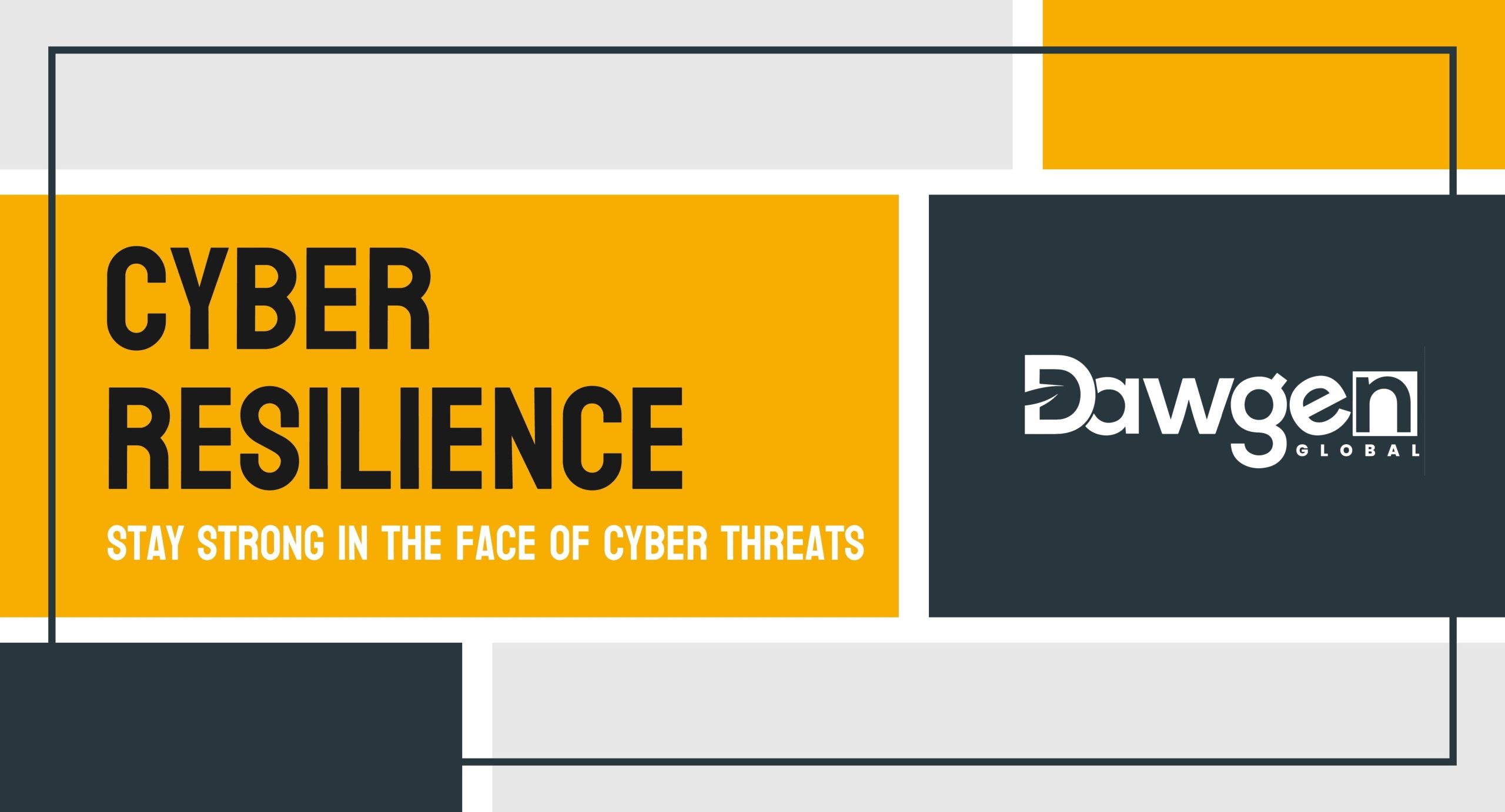 In today’s digital age, cybersecurity breaches are not a matter of if, but when. As cyber threats evolve in complexity and frequency, organizations must adopt proactive measures to safeguard their digital assets and maintain operational continuity. A robust resilience strategy is key to staying ahead of potential breaches and minimizing their impact. Here’s how you can fortify your defenses with an effective cybersecurity resilience plan.
In today’s digital age, cybersecurity breaches are not a matter of if, but when. As cyber threats evolve in complexity and frequency, organizations must adopt proactive measures to safeguard their digital assets and maintain operational continuity. A robust resilience strategy is key to staying ahead of potential breaches and minimizing their impact. Here’s how you can fortify your defenses with an effective cybersecurity resilience plan.
Understanding Cybersecurity Resilience
Cybersecurity resilience refers to an organization’s ability to anticipate, withstand, recover from, and adapt to adverse conditions, attacks, or compromises on cyber resources. It’s about building a fortified defense system and ensuring swift recovery to maintain business operations seamlessly. The goal is to minimize downtime and data loss, protecting both the organization’s assets and its reputation.
Key Elements of a Cybersecurity Resilience Strategy
- Risk Assessment and Management
- Conduct regular risk assessments to identify potential vulnerabilities and threats.
- Prioritize risks based on their potential impact on your organization.
- Implement risk management strategies to mitigate identified vulnerabilities.
- Comprehensive Security Policies
- Develop and enforce comprehensive security policies that cover data protection, user access controls, and incident response protocols.
- Ensure all employees are aware of these policies and receive regular training.
- Advanced Threat Detection and Prevention
- Utilize advanced threat detection tools such as Intrusion Detection Systems (IDS) and Intrusion Prevention Systems (IPS).
- Implement firewalls, anti-malware software, and encryption to protect sensitive data.
- Incident Response Planning
- Develop a detailed incident response plan that outlines steps to be taken in the event of a breach.
- Ensure the plan includes roles and responsibilities, communication protocols, and recovery procedures.
- Regularly test and update the incident response plan to keep it current and effective.
- Continuous Monitoring and Analysis
- Employ continuous monitoring tools to detect suspicious activities in real-time.
- Use Security Information and Event Management (SIEM) systems to analyze and correlate data from various sources for better threat detection.
- Regular Updates and Patch Management
- Keep all software, systems, and applications updated with the latest patches and security updates.
- Regularly review and update security configurations to protect against new vulnerabilities.
- Employee Training and Awareness
- Conduct regular cybersecurity training sessions for employees to recognize phishing attempts and other social engineering attacks.
- Foster a culture of security awareness where employees are encouraged to report suspicious activities.
- Data Backup and Recovery
- Implement regular data backup procedures to ensure critical data can be restored in the event of a breach.
- Store backups in secure, off-site locations and regularly test recovery processes to ensure data integrity and availability.
- Collaboration and Information Sharing
- Collaborate with industry peers, cybersecurity experts, and government agencies to share threat intelligence and best practices.
- Participate in information sharing networks to stay updated on the latest threats and mitigation strategies.
- Third-Party Vendor Management
- Assess the cybersecurity posture of third-party vendors and ensure they comply with your security requirements.
- Include cybersecurity resilience clauses in contracts with vendors to ensure they are accountable for protecting your data.
Next Step!
“Embrace BIG FIRM capabilities without the big firm price at Dawgen Global, your committed partner in carving a pathway to continual progress in the vibrant Caribbean region. Our integrated, multidisciplinary approach is finely tuned to address the unique intricacies and lucrative prospects that the region has to offer. Offering a rich array of services, including audit, accounting, tax, IT, HR, risk management, and more, we facilitate smarter and more effective decisions that set the stage for unprecedented triumphs. Let’s collaborate and craft a future where every decision is a steppingstone to greater success. Reach out to explore a partnership that promises not just growth but a future beaming with opportunities and achievements.
✉️ Email: [email protected] 🌐 Visit: Dawgen Global Website
📞 Caribbean Office: +1876-6655926 / 876-9293670 📲 WhatsApp Global: +1 876 5544445
Join hands with Dawgen Global. Together, let’s venture into a future brimming with opportunities and achievements.

